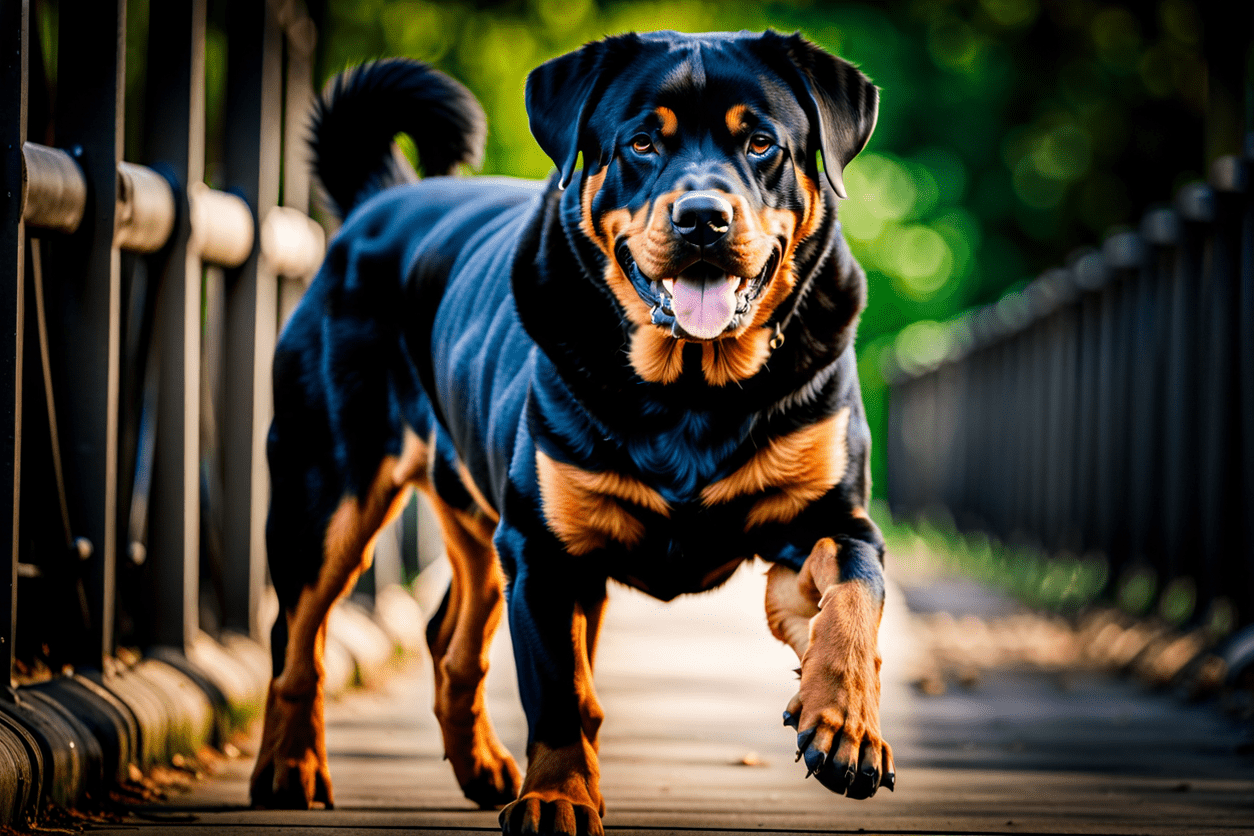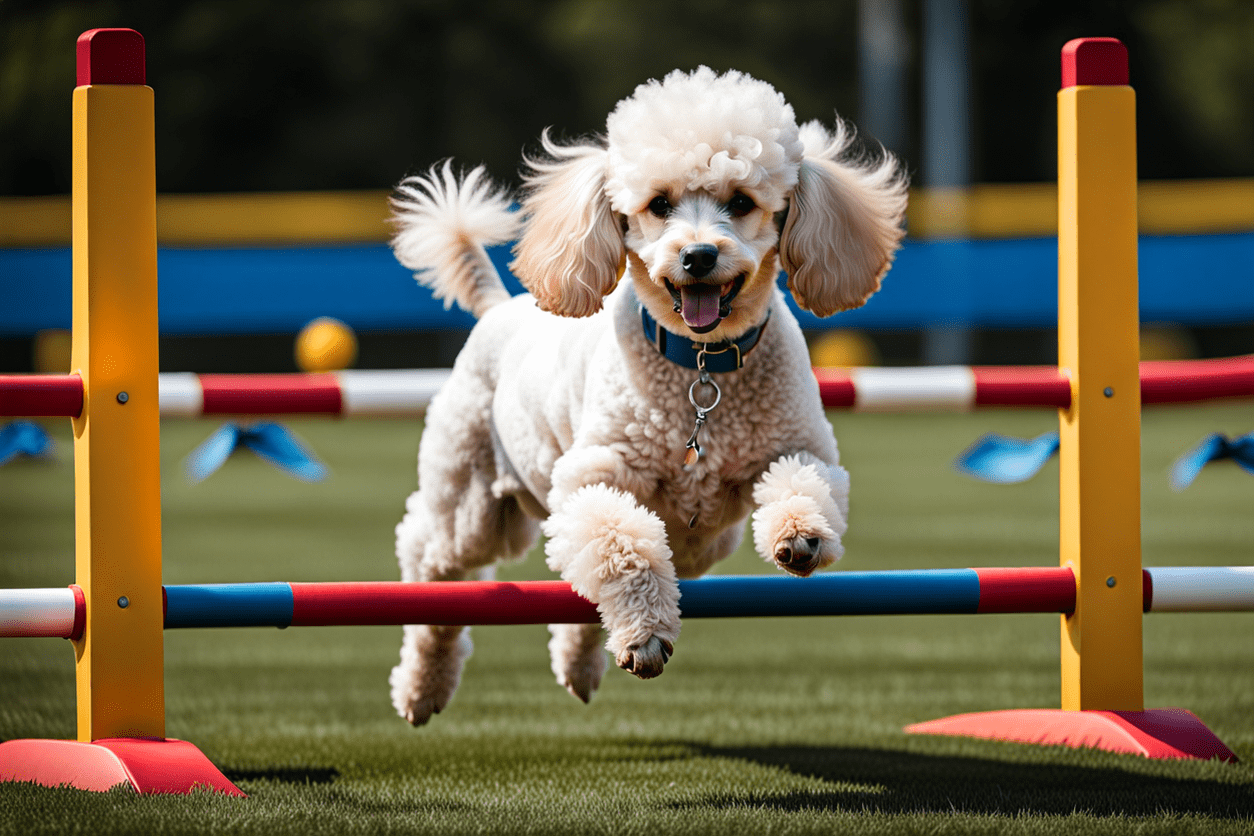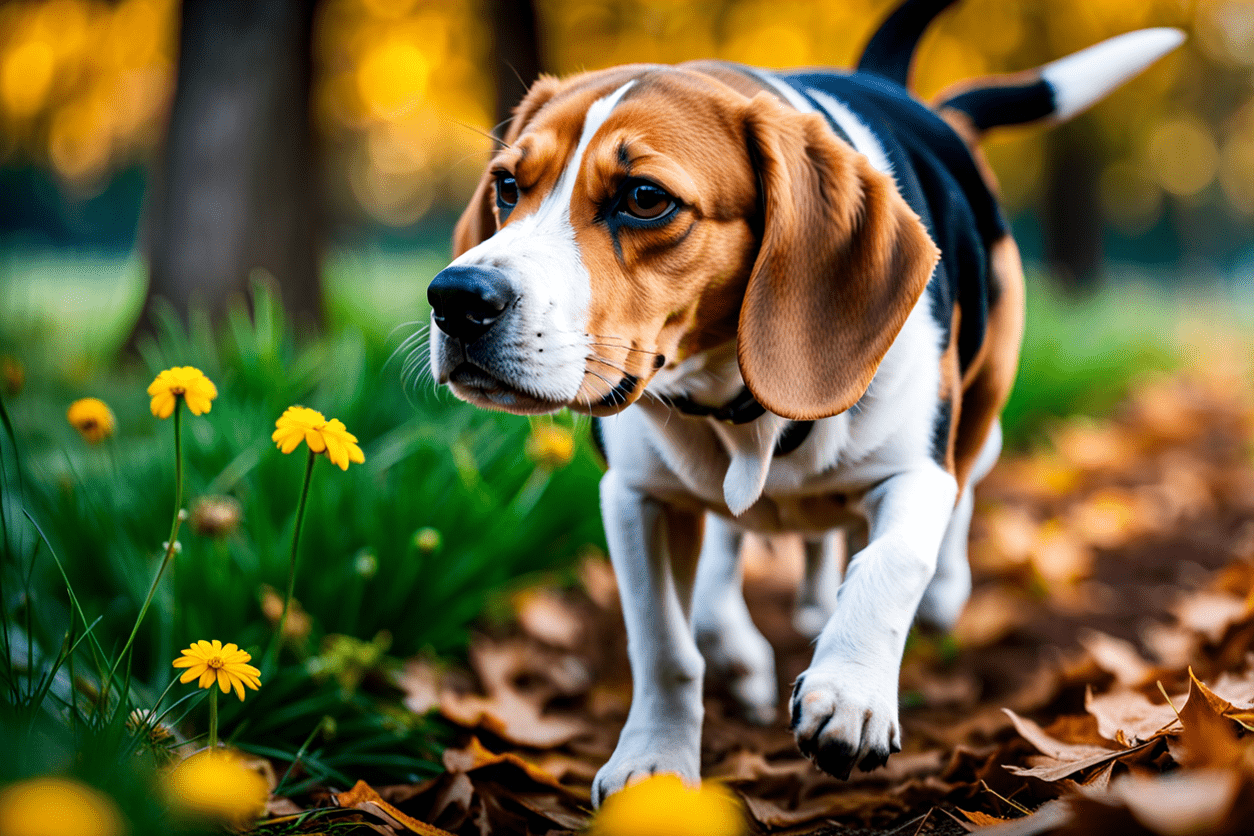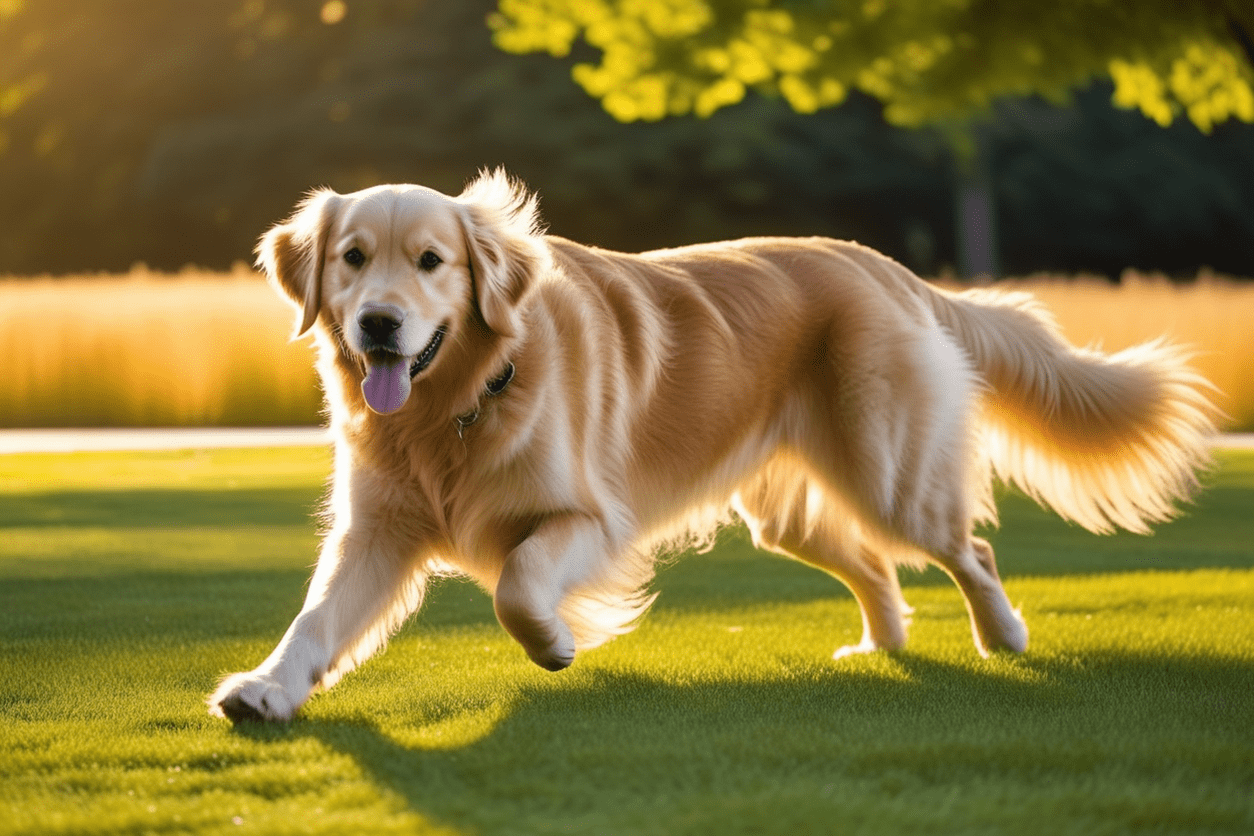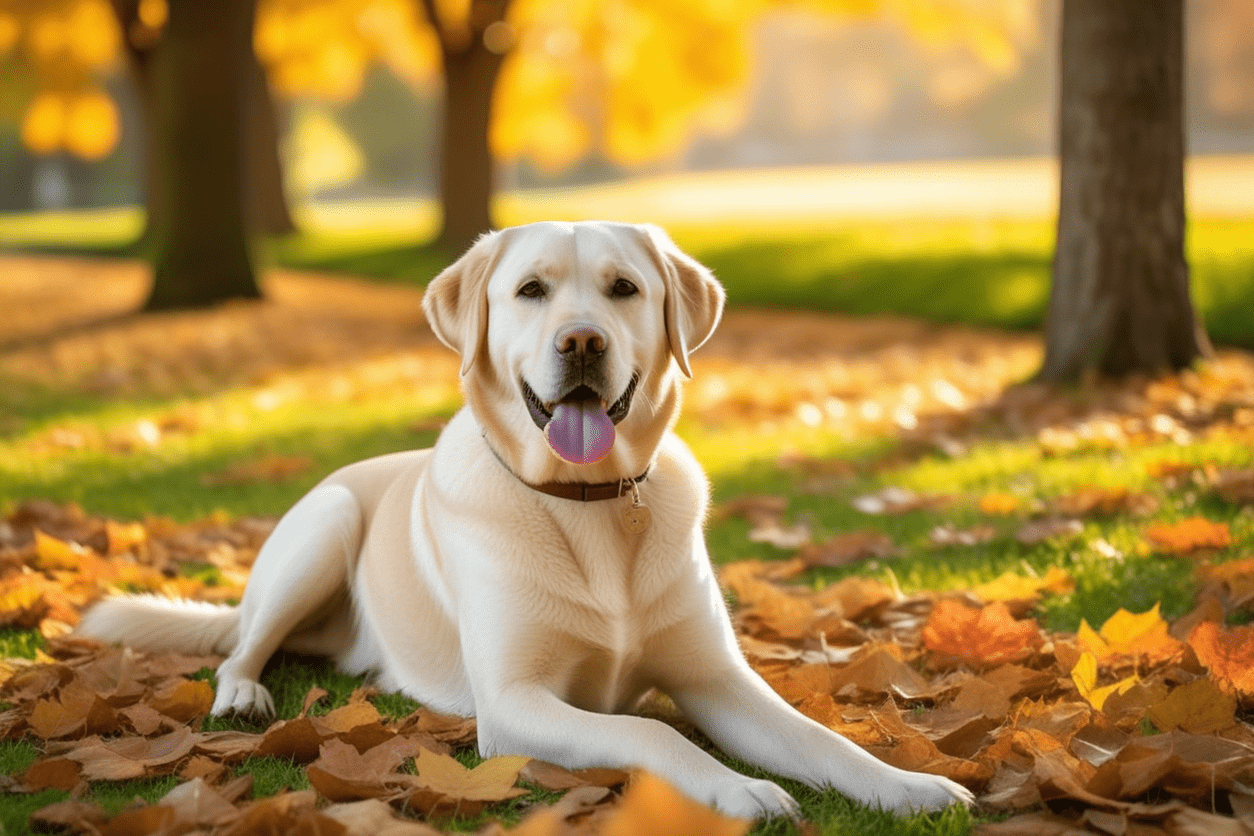About The Siberian Husky Breed
Imagine a furball with twinkling eyes, a mischievous grin, and an adventurous spirit that just can’t wait to leap into your life – that’s the Siberian Husky for you! Known affectionately as Huskies, these energetic bundles of joy are closely related to the Alaskan Malamute and come with a storied lineage that’s as fascinating as their piercing gaze. When considering Siberian Husky puppies, you’re not just getting a pet; you’re welcoming a history of canine royalty into your home!
Huskies are not just beautiful with their thick fur coats and striking mask-like facial markings; they are also incredibly warm-hearted, full of character, and eager to be a part of your pack. Their howls and quirks will have you falling head over heels in no time. Just be prepared for their love of conversation – they’re not shy about vocalizing their opinions!
Siberian Husky Traits & Characteristics
When it comes to the distinctive traits and characteristics of the Siberian Husky, there’s quite a list to cover. These pooches are the epitome of vitality and exuberance, showing off a stamina that’s second to none – a trait that made them excellent sled dogs in their native Siberia. Their medium-sized build is deceptively strong; these dogs were born to run and have the endurance to prove it.
Their eyes, oh their mesmerizing eyes! They range from icy blue to warm amber and sometimes, in a magical twist, you’ll find one of each color – this enchanting trait is known as heterochromia. The thick, fluffy coat of a Siberian Husky isn’t just for show; it serves as a shield against harsh climates, making them as rugged as they are beautiful.
And their personality? A Siberian Husky’s heart is filled with loyalty and an eagerness to please, making them delightful companions. However, watch out for their Houdini-esque escape skills; a bored Husky is a crafty Husky. When it comes to Siberian Husky adoption, it’s important to remember that they need plenty of stimulation – physical and mental – to keep their adventurous spirits satiated.
History Of The Siberian Husky
The tale of the Siberian Husky is one steeped in endurance, resilience, and an unbreakable bond with humans. Originating in Northeast Asia, these dogs were bred by the Chukchi people, who relied on their furry friends not just for companionship but also for survival. The Siberian Husky’s ability to haul light loads over vast frozen landscapes quickly made them indispensable.
It wasn’t until the early 20th century that the Husky made their pawprints in Alaska during the gold rush, and they instantly won hearts with their sled-pulling prowess. But the crowning moment for Siberian Huskies was the 1925 serum run to Nome, where they bravely relayed life-saving medicine across treacherous icy terrain – a feat that cemented their legendary status.
Today, when we think of a Siberian Husky rescue, we’re reminded not only of the breed’s historical acts of heroism but also of the ongoing efforts to ensure these majestic creatures find loving homes where their legacies can continue to thrive.
Interesting Facts About The Siberian Husky
Ready for some Husky trivia that’ll have your tail wagging? Here are some interesting facts about the Siberian Husky that’ll make you the alpha at any dog trivia night! Did you know that despite their heavy coat, a Husky’s fur is super easy to maintain? That’s right; they’re self-cleaning canines to an extent and don’t typically carry the usual doggy odor.
What’s more, Huskies are born to run – literally! They can cover up to 100 miles in a single day. And let’s not forget their vocal talents; a Husky doesn’t just bark, they howl and ‘talk,’ making for some hilarious canine conversations. They also sport a natural “snow boot” made of fur, which helps them to trot effortlessly over snow and ice.
And for the environmentally conscious, here’s a win – Siberian Huskies are surprisingly eco-friendly. Their efficient metabolism means they eat less than you might expect for their size and stamina. So, adopting a Siberian Husky means you’re bringing home an ancient breed with some modern-day advantages!
Frequently Asked Questions About Siberian Huskys
What is the average size of a Siberian Husky?
These fluffed-up powerhouses typically weigh between 35-60 pounds and stand about 20-23 inches tall at the shoulder. Just the perfect size for a cuddle – or pulling a sled!
Are Siberian Huskys good with children?
Absolutely! With their sociable nature and playful demeanor, Huskies make excellent companions for kiddos, providing endless entertainment and love.
Are Siberian Huskys hypoallergenic?
No, their thick double coats mean they shed quite a bit, especially during seasonal transitions, making them less than ideal for allergy sufferers.
What is the temperament of the Siberian Husky?
They are friendly, outgoing, and mischievous. Siberian Huskies are not one-person dogs – they’ll spread their love and antics across the whole family.
How much exercise does the Siberian Husky need?
Lots! Think long, brisk walks and plenty of playtimes. They thrive on activity and can become bored (and destructive) without it.
Are Siberian Huskys good with other pets?
They can be, especially if raised with them. However, their high prey drive means smaller animals might trigger their chase instincts.
What is the average lifespan of Siberian Husky?
Their adventure in your life story can last a solid 12-15 years, full of love, laughs, and loyalty.
Are Siberian Huskys prone to specific health issues?
Like many breeds, they can be prone to certain genetic health issues, such as hip dysplasia and eye problems, but regular vet checks can help keep them in tip-top shape.
Are Siberian Huskys known for being good guard dogs?
Not particularly. They might howl up a storm, but they’re more likely to befriend an intruder than ward them off!
Are Siberian Huskys easy to train?
They’re intelligent but also independent, which means they can be stubborn. Patience and consistency are key when training a Husky.
Conclusion
In the realm of dogs, the Siberian Husky stands out as a noble companion, a history-maker, and a friend with an unquenchable zest for life. Whether you’re considering Siberian Husky adoption or looking to support a Siberian Husky rescue, you’re embarking on an extraordinary journey with a breed that’s as fascinating as it is beautiful. These dogs will enrich your life with their personality, energy, and unyielding loyalty. So, here’s to the Siberian Husky – may the pawprints they leave on your heart be as joyful and enduring as the breed itself!

